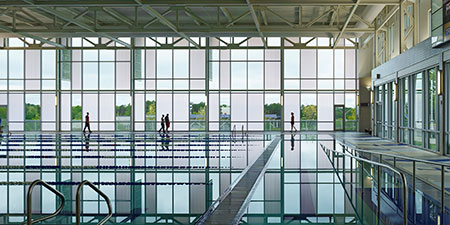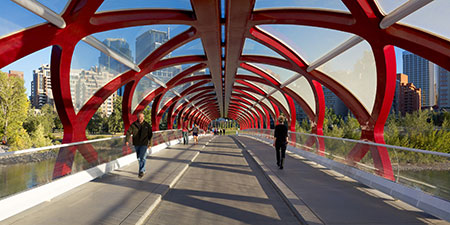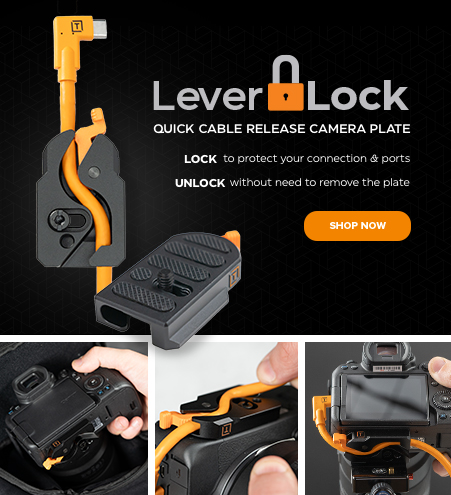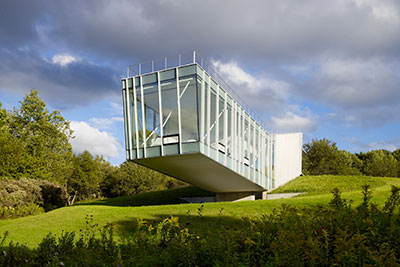
Alan Karchmer photographs architecture and the built environment. All of his work is on location. In over 35 years as a professional photographer, Karchmer has established a personal style of articulate, well-crafted images noted for exceptional attention to detail.

With over 30 years of experience, how was your transition from film to digital?
I transitioned to digital capture in 2006, after 29 years of photographing with a 4×5 view camera. I wanted a camera system that that was not only equal in technical quality to large format film, but also one in which the instrument emulated the manner of working with a view camera, enforcing a relatively slow, methodical, analytical process of refining composition. I tried a DSLR system for a few weeks, and while the captures themselves were reasonably acceptable the process was, for me, too easy. I was concerned it would allow me to compromise the deliberate way I made photographs. When Alpa introduced the XY model, with a full range of in-camera vertical and horizontal movement for perspective control, paired with a Phase One P45 medium format back, I found the perfect system. I was eager to make the move, and managed to get a body from the first batch of 25 that Alpa produced. I had already been using an Imacon scanner in my studio for several years and was comfortable working in the digital medium, so the transition was easy. I jumped in without the least bit of reluctance.
How did you get started with tethered photography?
I was learning digital on the fly and quickly realized that I needed to see a large, fully legible image in the field. The display on the P45 left a lot to be desired. With a new 15” inch MacBookPro to replace the 13 inch Powerbook I had been using, and Phase One’s Capture One software for tethered viewing and image processing I had the hardware and software I needed, and continue to use to this date (with several upgrades along the way). After making do for a short while kneeling to view the laptop resting on the ground I found a light, compact-yet-sturdy stand made by Instand and the last piece of the system was in place. Being able to see and examine every capture virtually instantly and apply processing adjustments puts the once vaunted Polaroid in a class with the Lascaux cave paintings. I can evaluate the overall composition, check focus, and visualize the full range of image adjustments to see what I might need to adjust in the basic capture.
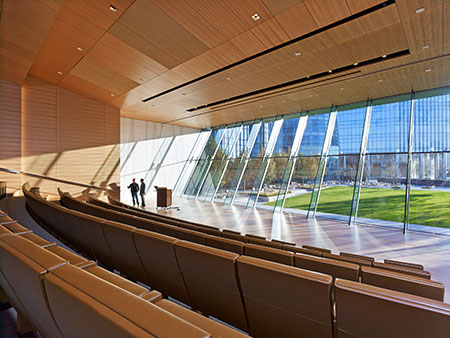
I recently upgraded the back to the Phase One IQ 260 which has an excellent and vastly improved display. The ability to see a reasonably good image, and zoom to check focus is quite good so if I have to set up the camera in a difficult position I can shoot to the card with confidence, but I continue to shoot tethered in nearly all cases for all the reasons I describe.
What’s in your bag?
- Alpa XY Body (Primary)
- Alpa 12SWA Body (Secondary)
- Phase One IQ 260 Back
- Capture One Software for Image Capture and RAW Processing
- Photoshop for Additional Image Adjustments
- Tether Tools TetherPro USB Cable
- JerkStopper Cable Management
- KaptureGroup One-Shot Cable Release
- Rodenstock HR Alpagon and Schneider Digitar Lenses Ranging from 23mm to 180mm
- Expodisk for Making Lens Cast Exposures
- Gitzo 2542 Tripod with Manfroto 405 Head
- Apple MacBookPro Computer
- HyperJuice External Batteries
- Instand CR3 Laptop Stand
- Dark Cloth for Outdoor Laptop Viewing
- Otherworld Computing Mercury Elite Pro External Hard Drives for Field Backup
- SuperDuper! Backup Software
What does your workflow look like?
I use the live view function of the IQ 260 to do the basic framing of each photograph so once the camera is assembled (the body, back, and lenses are stored separately in the case) the back usually stays in place for the day. Before I had access to live view I composed on a ground glass, swapping it out for the digital back with every setup. Now the back stays on the body most of the time.
While I am composing the shot with live view my assistant is setting up the Instand and computer. This all happens very quickly and by the time I’ve got the shot roughly composed everything else is ready for me to attach the Firewire cable and connect the camera to Capture One. By shooting tethered, every capture is stored directly in the computer. I make a capture, evaluate the image on the MacBook monitor, and make adjustments to the composition (rise/fall, and horizontal shift), exposure, etc. When the composition is finalized I make a lens cast exposure. This corrects for the uneven color shifts and lens falloff inherent in using the Phase One back. It is unique to each photograph with regard to the lens, and rise/fall/shift displacement so a different one must be made for each setup. It sounds like a tedious procedure but it is really quick and easy. Since the falloff correction can have a significant effect on the exposure I make the LCC (Lens Cast Calibration) in Capture One and apply it to the captures. This has a significant benefit in evaluating the photograph. Shooting tethered makes this possible in the field. Since I have access to all image adjustments I can also apply and evaluate things like contrast, saturation, and shadow/highlight recovery and make informed decisions about supplemental lighting.
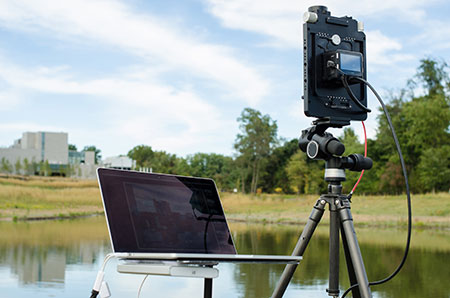
I use a dark cloth to be able to see the computer screen clearly in bright light. I tried using an accordion monitor shade but found it to be cumbersome, and it did not block enough light. So the dark cloth is one vestige from my view camera system that continues to be useful.
At the end of each day I back up the work to two external hard drives. Using the Smart Update feature in SuperDuper! makes it quick and about as effortless as it can be.
When field work on an assignment is finished I transfer the session intact to the computer in my studio. After selecting the prime captures all of the image adjustments are re-evaluated in the controlled environment of the studio. After processing the RAW files in Capture One the photographs are finished in Photoshop for any compositing for exposure or figure placement, masking, spot color or density adjustments, etc.
How do you manage archiving and backups?
Capture One works most efficiently when the files it is processing are located on the system hard drive, so that is where active jobs are downloaded for use until they are finished and ready for delivery. I have a backup drive mounted internally in the CPU and make a daily backup of the system drive using SuperDuper!. I have a pair of external hard drives on which I make identical backups keeping one in the studio and rotating it into storage in a safe deposit box at my bank.
When a job is finished I transfer it to what I call my Active Archive Drive which is a pair of drives set up as a mirrored JBOD. There the files exist on two identical drives. As with the system hard drive I have a pair of external hard drives on which I make identical backups keeping one in the studio and rotating it into storage in the safe deposit box.
When the Active Archive Drives gets full they become Permanent Archive Drives. I take one drive of the pair and store it in the safe deposit box, and keep the other in the studio to access files when needed. The Permanent Archive Drives in my studio are mounted in a Wiebetech eSATA enclosure and are spun up when I need. At least once a year I take the Permanent Archive Drives from the safe, re-write all data, and swap the ones that had been in storage for the set that is kept in studio.
I don’t claim that this is the ultimate best practice but believe that I am taking reasonable precautions against drive failure, or loss due to theft or fire. Last time I checked in his Digital Asset Management book Peter Krough recommended keeping one set of all files on a different kind of media. This seems like a prudent precaution which I recognize I need to implement.
